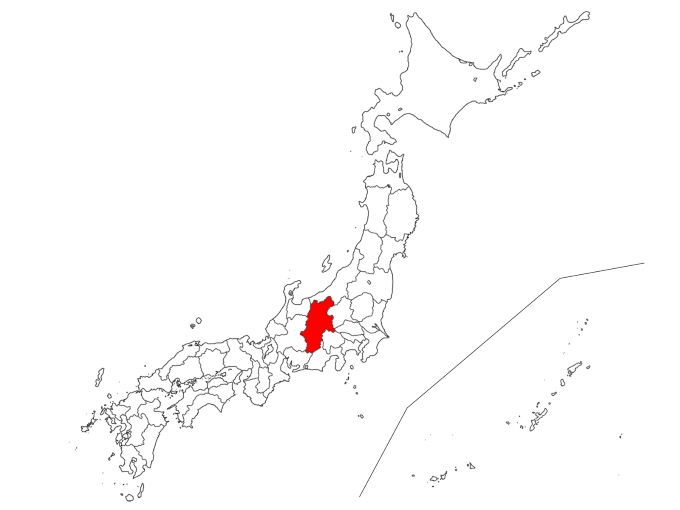Contents
1.Basic Information
Just as in the introduction, Kamikōchi is located at an elevation of approximately 1500 meters in Nagano Prefecture and attracts around 1.2 million visitors annually.
Azusagawa River
Originating from the 3180-meter-high Mt. Yarigatake, the Azusagawa River forms the beautiful Taisho Pond in Kamikōchi. Both the mountain, river, and pond are key attractions in Kamikōchi.
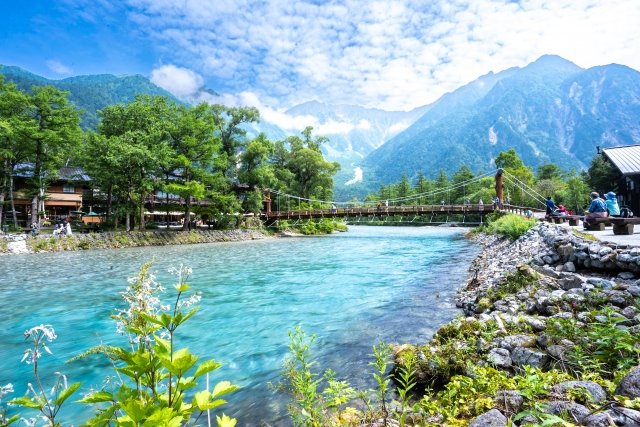
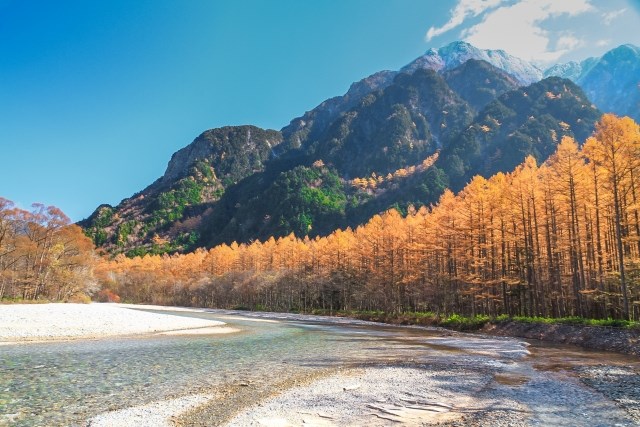
Kappabashi Bridge
Kappabashi is a landmark bridge in Kamikōchi that harmoniously blends with its surrounding nature. From the bridge, you can enjoy a panoramic view of the Hotaka Ranges and the flow of the Azusagawa River, as well as occasional plumes of smoke from Mt. Yake.
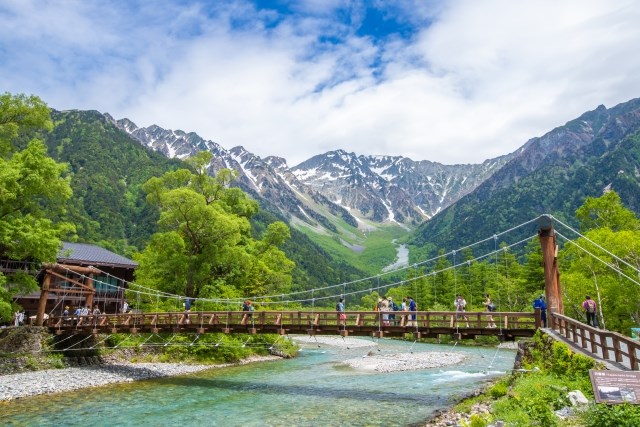
Taisho Pond
Formed in 1915 due to a volcanic eruption that blocked the Azusagawa River with lava and mudflows. Initially called Azusako, it is now known as Taisho Pond. The water is emerald-colored and surrounded by dead trees, creating a mystical atmosphere.
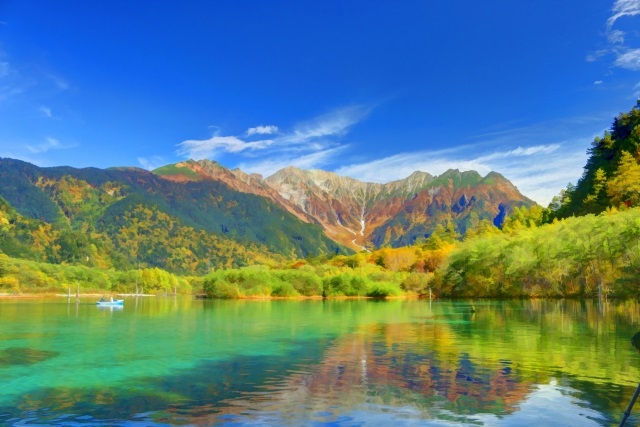
Myojin Pond
Located within the grounds of the Hodaka Shrine, Myojin Pond is a beautiful water feature consisting of two main ponds and a smaller third one along a walking path. The pond is fed by springs from surrounding mountains and does not freeze even in winter. It is an enigmatic place often covered with mist in the early morning.
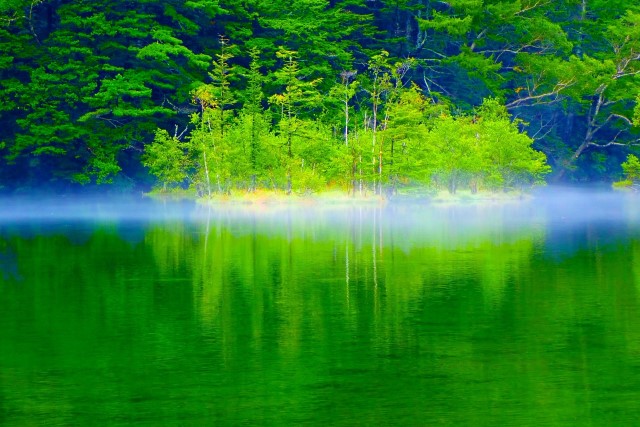
Hotaka Ranges
These towering, rugged peaks that exceed 3000 meters can be seen from almost anywhere in Kamikōchi. Traditionally called the “Hall of Rocks and Snow,” they are a dream destination for climbers.
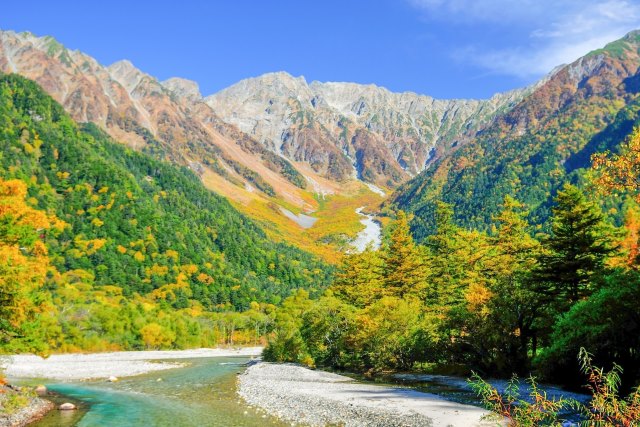
2.Reviews
Monkeys at Kappabashi Bridge
Kamikōchi is rich in nature, and it’s common to encounter Japanese macaques. These monkeys are accustomed to humans and often do not flee upon seeing people. However, bears have also been spotted recently, so caution is advised.
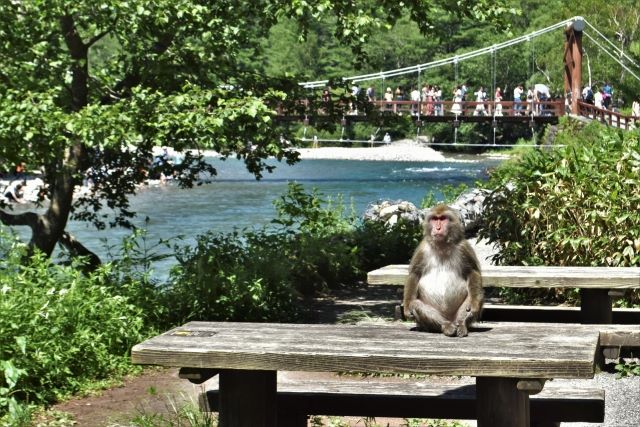
Autumn Leaves in Kamikōchi
Kamikōchi is one of the best spots for autumn foliage in Japan. The best time to visit is from mid-October to late October. The vivid autumn colors with Taisho Pond and Hotaka Ranges in the background are a must-see.
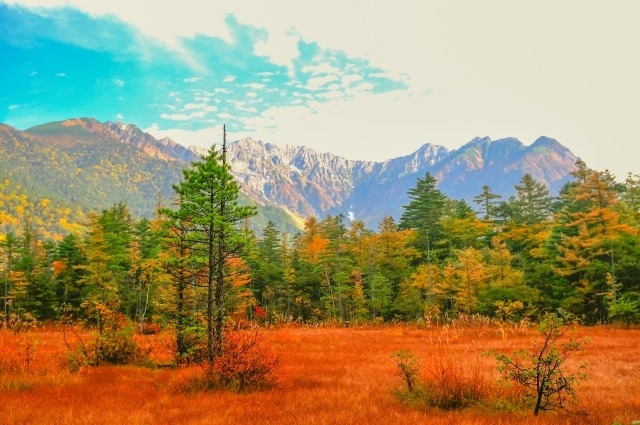
3.Local Food



4.Transportation Information
■ How to get to Kamikōchi
Kamikōchi Visitor Center Official Site (Available in English, Korean, Simplified Chinese, and Traditional Chinese)
https://www.kamikochi-vc.or.jp/
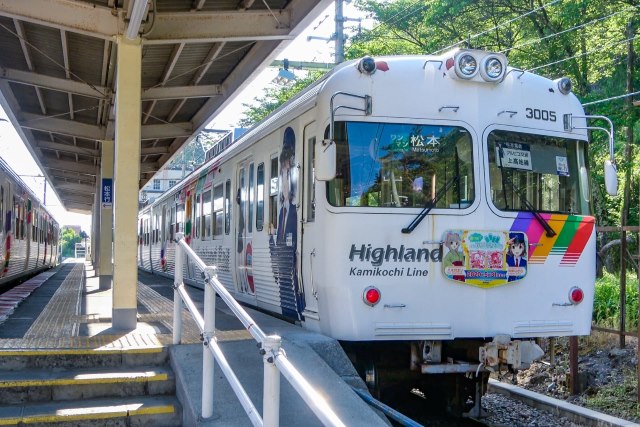
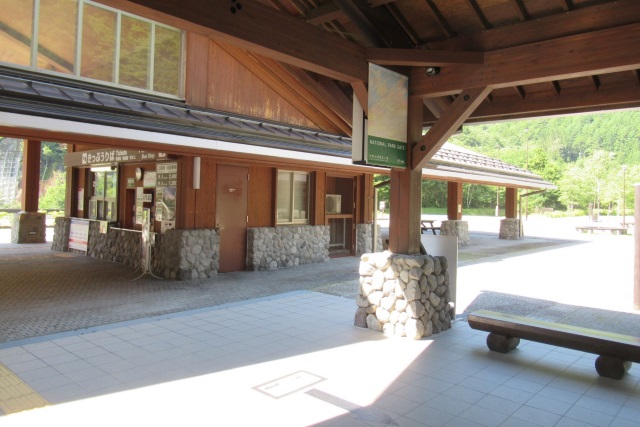
5.Map Information
Kamikōchi’s formation involves past volcanic activity and sediment deposition. The climate is extremely cold, especially in winter. The average temperature in January is -7.7℃, and it can drop below -30℃. However, summers are relatively cool with an average temperature of around 19.7℃. Some areas even have tundra-like conditions, making it a valuable natural environment for scientific research and observation.
